Janu Sirsasana, also known as Head-to-Knee Pose, is a deep forward bend in yoga that stretches the hamstrings, back, and hips. It is a challenging pose, but the benefits are well worth the effort. Janu Sirsasana can help to improve flexibility, reduce stress, and relieve pain.
Benefits of Janu Sirsasana
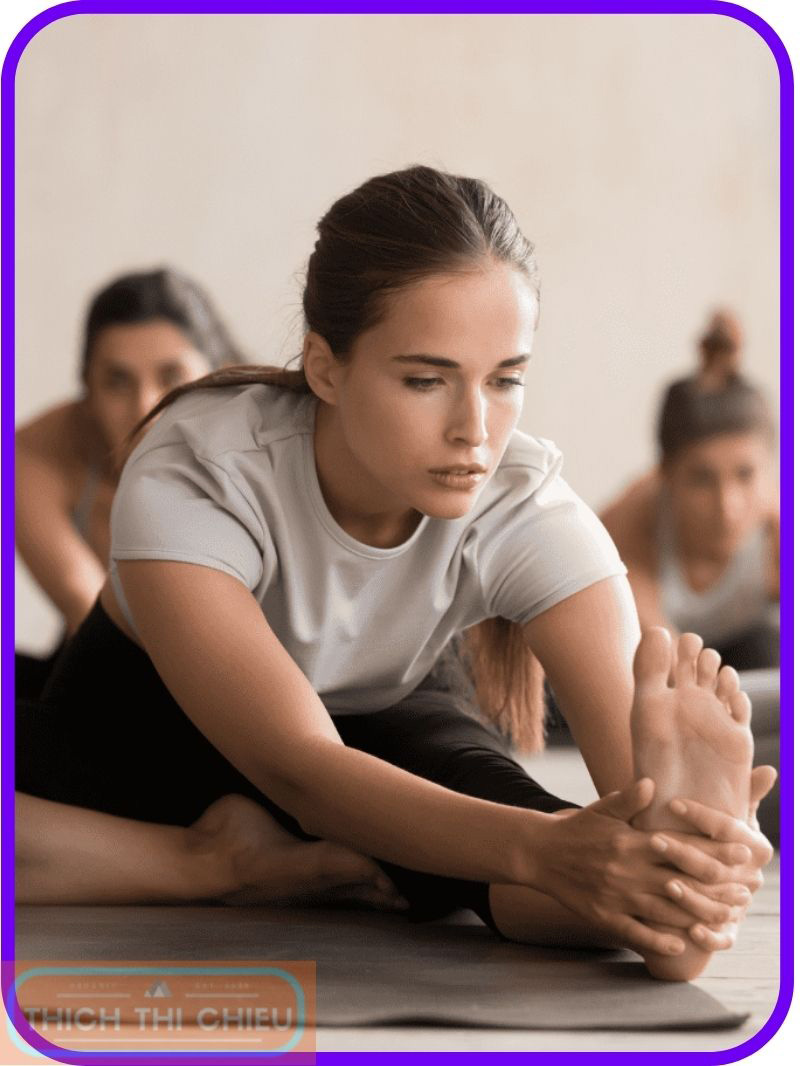
Improved Flexibility
Janu Sirsasana excels in stretching the hamstrings, the muscles located at the back of the thighs. Regular practice of this pose can enhance flexibility, reducing the risk of injuries and improving range of motion.
Reduced Stress
Janu Sirsasana serves as a sanctuary for relieving stress, fostering both physical and mental relaxation. The pose’s deep stretch and focus on breathwork promote tranquility, easing tension from the mind and body.
Pain Relief
Those experiencing pain in the lower back, hips, and legs can find solace in Janu Sirsasana. The pose’s stretching action alleviates tension and tightness in these areas, providing much-needed relief.
Improved Digestion
Janu Sirsasana stimulates the abdominal organs, promoting efficient digestion. This gentle massage-like effect encourages the digestive process, leading to better overall gut health.
Reduced Menstrual Cramps
Women seeking relief from menstrual cramps can find solace in Janu Sirsasana. The pose increases blood flow to the pelvic area, alleviating cramps and promoting menstrual comfort.
How to Do Janu Sirsasana
Preparation:
Before delving into Janu Sirsasana, it’s crucial to warm up your body to prevent injury. Engage in light cardio or gentle stretches, such as Hamstring Stretch or Triangle Pose, to prepare your muscles for the deeper stretch of this pose.
Step 1: Seated Position
Begin by sitting on the floor with your legs extended straight out in front of you. Keep your spine erect and your shoulders relaxed.
Step 2: Right Leg Bend
Bend your right knee and bring your right foot to the inner thigh of your left leg. Place the sole of your right foot as close to the base of your left thigh as possible.
Step 3: Left Leg Extension
Extend your left leg straight out in front of you, keeping your heel grounded and your toes pointed forward. Ensure your left leg is active and engaged.
Step 4: Elongated Spine
Maintaining a straight back, elongate your spine, reaching the crown of your head towards the ceiling. Draw your navel towards your spine to engage your core muscles.
Step 5: Arms Overhead
Reach your arms overhead, bringing them together in anjali mudra (prayer position) at the crown of your head. Keep your elbows slightly bent to maintain a natural curve in your spine.
Step 6: Forward Fold
Initiating from your hips, begin folding forward, aiming to bring your forehead towards your right knee. Keep your spine as long as possible throughout the movement.
Step 7: Hold and Breathe
Once you’ve reached a comfortable depth in the pose, maintain the position for 5-10 breaths. Focus on deep, even breaths, allowing your body to relax into the stretch.
Step 8: Release
Gently push yourself back up to a sitting position, using your arms for support if needed. Take a moment to rest and observe the sensations in your body.
Tips for Beginners
Embrace Gentle Progression
Janu Sirsasana is a challenging pose, and it’s crucial to respect your body’s limitations. Rather than forcing your body into the pose, focus on gradual progression. As your flexibility improves, you’ll naturally deepen the stretch over time.
Utilize Props for Support
Props are invaluable tools for beginners in Janu Sirsasana. A strap can be used to assist in reaching your forehead towards your knee, reducing strain on the hamstrings and back. A block can be placed under your right sitting bone to elevate your hips and provide support.
Maintain a Straight Back
Throughout the pose, it’s essential to maintain a straight back to protect your lower back from strain. Avoid rounding your shoulders or hunching forward. Engage your core muscles to support your spine and prevent overstretching.
Avoid Bouncing in the Pose
Bouncing in Janu Sirsasana can strain your muscles and joints. Instead, focus on a controlled and mindful movement. Gradually lower your torso towards your right knee, breathing deeply throughout the process.
Breathe Deeply and Evenly
Breathing plays a crucial role in Janu Sirsasana. As you fold forward, maintain deep, even breaths. This synchronized breathing helps to relax your muscles, improve the stretch, and promote a sense of calm.
Listen to Your Body
Your body is your best guide in Janu Sirsasana. If you experience any pain, stop the pose immediately. Respect your body’s limitations and avoid pushing yourself beyond your current range of motion.
Additional Tips:
- Warm up your body with light cardio or gentle stretches before attempting Janu Sirsasana.
- Practice regularly to gradually improve your flexibility and range of motion in this pose.
- Seek guidance from a qualified yoga instructor if you have any concerns or limitations.
Modifications for Janu Sirsasana
Modification 1: Bend the Right Knee for Tight Hamstrings
Tight hamstrings are a common limitation in Janu Sirsasana. To accommodate tight hamstrings and reduce strain on the back of the thighs, bend your right knee slightly more than you would in the standard pose. This modification brings your forehead closer to your knee, allowing for a deeper stretch without compromising comfort.
Modification 2: Use a Blanket for Back Support
If you experience tightness or pain in your lower back while attempting Janu Sirsasana, consider placing a folded blanket behind your lower back for support. This modification elevates your hips and reduces the strain on your lower back, allowing you to focus on the stretch without discomfort.
Modification 3: Utilize a Strap for Weak Core
A weak core can make it difficult to maintain a straight back and fold forward effectively in Janu Sirsasana. To assist in forward folding, loop a yoga strap around the arch of your right foot and hold the ends with both hands. As you fold forward, use the strap to gently pull yourself towards your right knee. This modification provides support and encourages a deeper stretch without straining your core muscles.
Remember, modifications are not a sign of weakness; they are tools to enhance your yoga practice and make it more accessible and enjoyable. Embrace these modifications and listen to your body’s signals as you explore the transformative power of Janu Sirsasana.
Variations of Janu Sirsasana
Parivrtta Janu Sirsasana (Revolved Head-to-Knee Pose)
Parivrtta Janu Sirsasana adds a twist to the traditional Janu Sirsasana, introducing a rotational element to the pose. This variation stretches the obliques, back, and hamstrings, providing a more intense and comprehensive stretch.
How to Do Parivrtta Janu Sirsasana:
- Begin in Janu Sirsasana with your right leg extended forward and your left leg bent.
- Gently twist your torso to the right, bringing your right shoulder towards your floor.
- Keep your spine long and your arms outstretched, reaching towards the ceiling.
- Hold the pose for 5-10 breaths.
Upavistha Konasana (Seated Wide-Angle Pose)
Upavistha Konasana, meaning “seated wide-angle pose,” expands the traditional Janu Sirsasana by spreading the legs wide apart. This variation stretches the inner thighs, adductors, and hamstrings, promoting hip opening and flexibility.
How to Do Upavistha Konasana:
- Sit on the floor with your legs extended straight out in front of you.
- Spread your legs as wide as possible, keeping your toes flexed and heels grounded.
- Fold forward, reaching your forehead towards your toes.
- Keep your spine long and your arms extended towards your feet.
- Hold the pose for 5-10 breaths.
Marichyasana (Marichi’s Pose)
Marichyasana, named after the sage Marichi, introduces a deeper twist to the pose, further intensifying the stretch. This variation targets the obliques, back, and hamstrings, promoting spinal flexibility and hip opening.
How to Do Marichyasana:
- Begin in Janu Sirsasana with your right leg extended forward and your left leg bent.
- Twist your torso to the right, bringing your right shoulder towards your floor.
- Wrap your right arm around your right knee, reaching towards your right toes.
- Extend your left arm towards the ceiling, aligning it with your spine.
- Hold the pose for 5-10 breaths.
Tips for Advanced Practitioners
Tip 1: Deepen the Pose by Reaching Your Forehead to Your Shin
Once you have mastered the basic form of Janu Sirsasana, you can challenge yourself by bringing your forehead closer to your right shin. This deepens the stretch for the hamstrings and back, providing a more intense and rewarding experience.
Tip 2: Grasp Your Ankles with Your Hands
To further intensify the stretch, grasp your ankles with your hands. This modification engages your shoulders and arms, adding a new dimension to the pose. It also allows for more control and stability as you fold forward.
Tip 3: Twist Your Torso to the Right
An additional challenge is to incorporate a twist to the pose. As you fold forward, gently twist your torso to the right, bringing your right shoulder towards your floor. This modification stretches the obliques and adds a rotational element to the stretch.
Safety Precautions for Advanced Practitioners:
- Ensure your body is adequately warmed up before attempting these advanced modifications.
- Listen to your body and stop if you experience any pain.
- If you have any injuries or limitations, consult with a yoga instructor before attempting these modifications.
Additional Tips for Advanced Practitioners:
- Hold the pose for longer durations, gradually increasing the holding time as you become more comfortable.
- Experiment with different variations of the pose, such as Parivrtta Janu Sirsasana (Revolved Head-to-Knee Pose) and Upavistha Konasana (Seated Wide-Angle Pose).
- Practice regularly to maintain and improve your flexibility and range of motion.
Safety Precautions
Listen to Your Body’s Signals
Your body is your best guide in yoga, and Janu Sirsasana is no exception. Pay close attention to your body’s signals throughout the pose. If you experience any pain, discomfort, or strain, stop the pose immediately. Respect your body’s limitations and avoid pushing yourself beyond your current range of motion.
Seek Guidance from a Qualified Instructor
The guidance of a qualified yoga instructor is invaluable, especially when attempting challenging poses like Janu Sirsasana. An experienced instructor can provide personalized modifications and support, ensuring that you are practicing the pose safely and effectively.
Avoid Janu Sirsasana if you have hamstrings, back, or hip injuries
If you have existing injuries to your hamstrings, back, or hips, refrain from practicing Janu Sirsasana. These injuries can be aggravated by the deep stretch of the pose, leading to further discomfort and potential setbacks in your healing process.
Warm up adequately before attempting the pose
Warming up your body before practicing Janu Sirsasana is essential to prepare your muscles for the deep stretch and prevent injuries. Engage in light cardio or gentle stretches, such as Hamstring Stretch or Triangle Pose, to warm up your hamstrings, back, and hips.
Use props for support and modifications
Props can be invaluable tools to enhance your safety and comfort in Janu Sirsasana. A strap can be used to assist you in reaching your forehead towards your knee, reducing strain on the hamstrings and back. A block can be placed under your right sitting bone to elevate your hips and provide support.
Maintain proper alignment throughout the pose
Proper alignment is crucial in Janu Sirsasana to prevent strain and injury. Keep your spine long and avoid rounding your shoulders or hunching forward. Engage your core muscles to support your spine and prevent overstretching.
Breathe deeply and evenly throughout the pose
Breathing plays a vital role in Janu Sirsasana. As you fold forward, maintain deep, even breaths. This synchronized breathing helps to relax your muscles, improve the stretch, and promote a sense of calm.
Janu Sirsasana is a challenging pose, but it is also a rewarding one. With practice, you can experience the many benefits of this pose. Hopefully, the above article of TTC has provided you with useful information. If you have any questions or concerns, please leave a comment below.
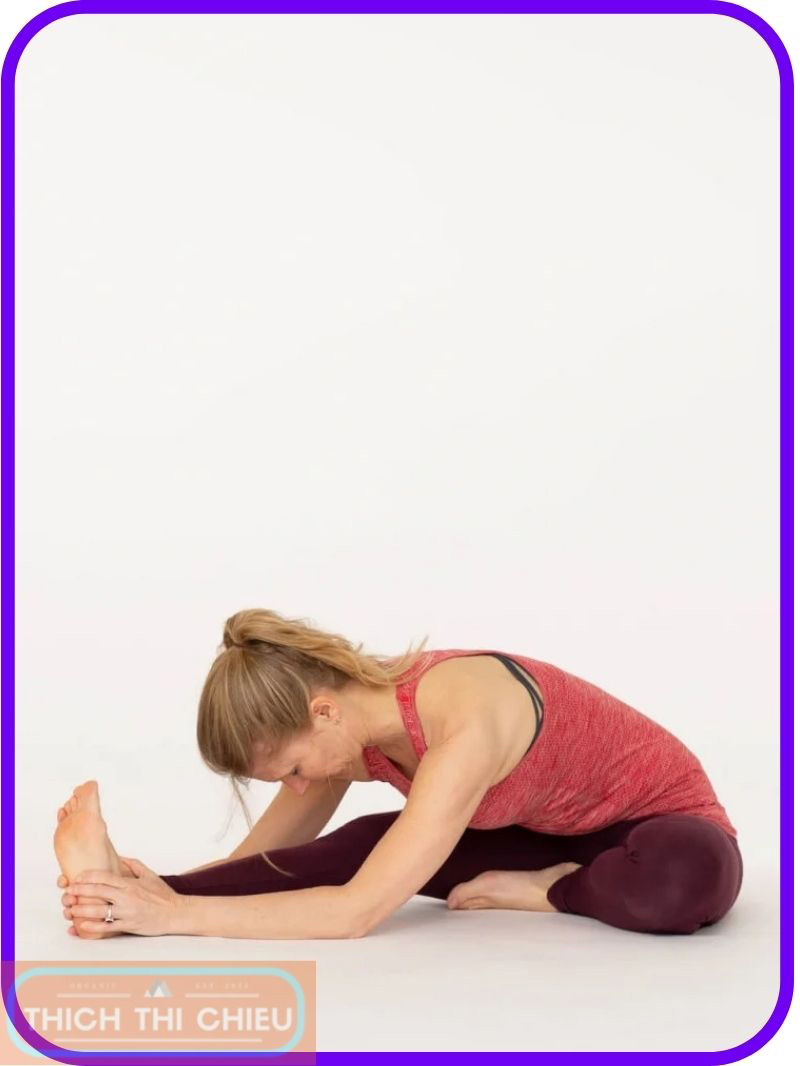
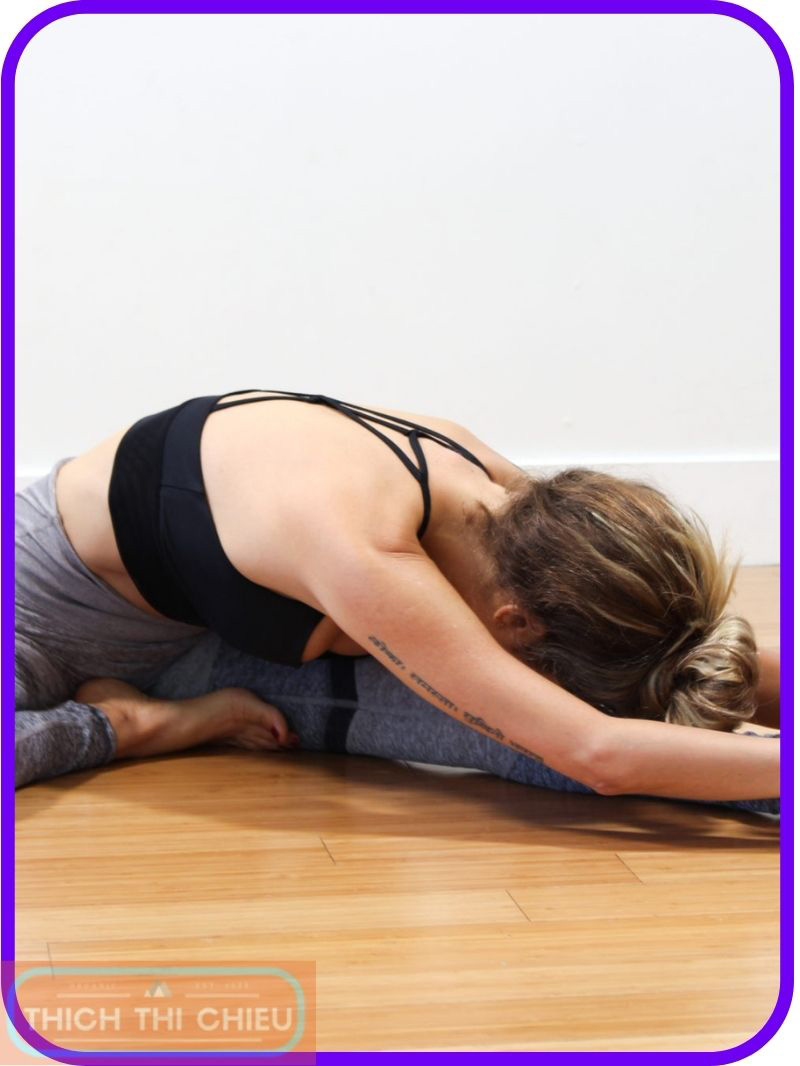
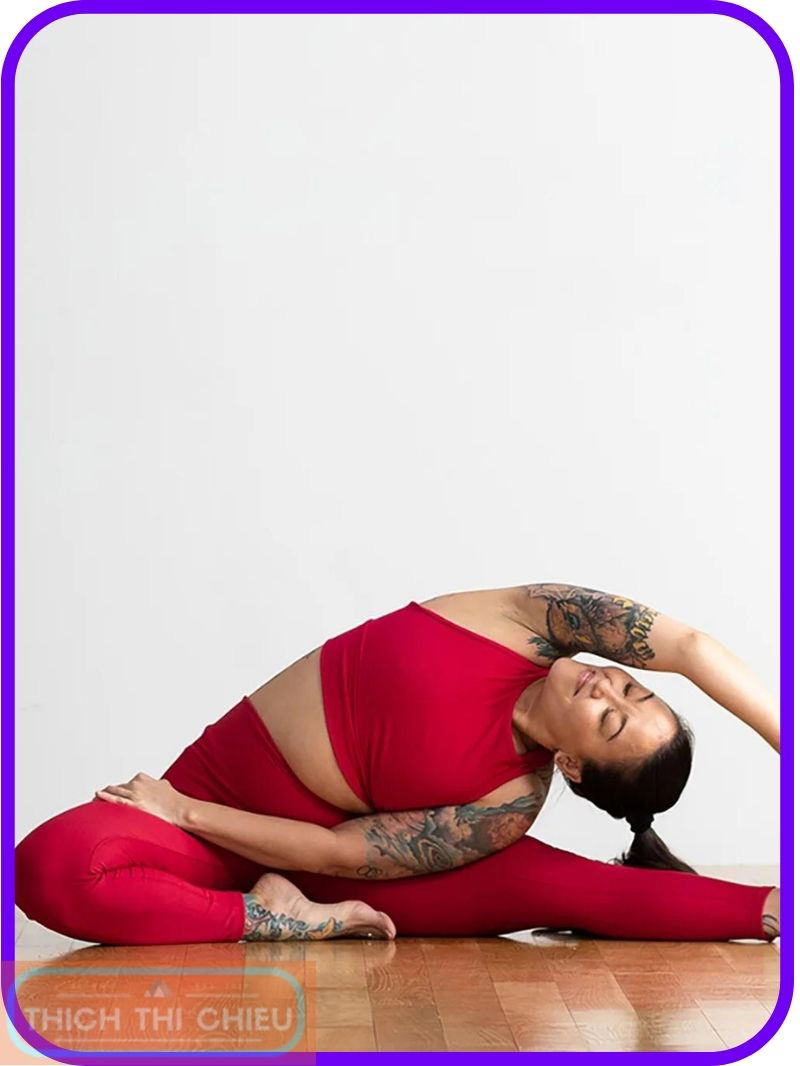
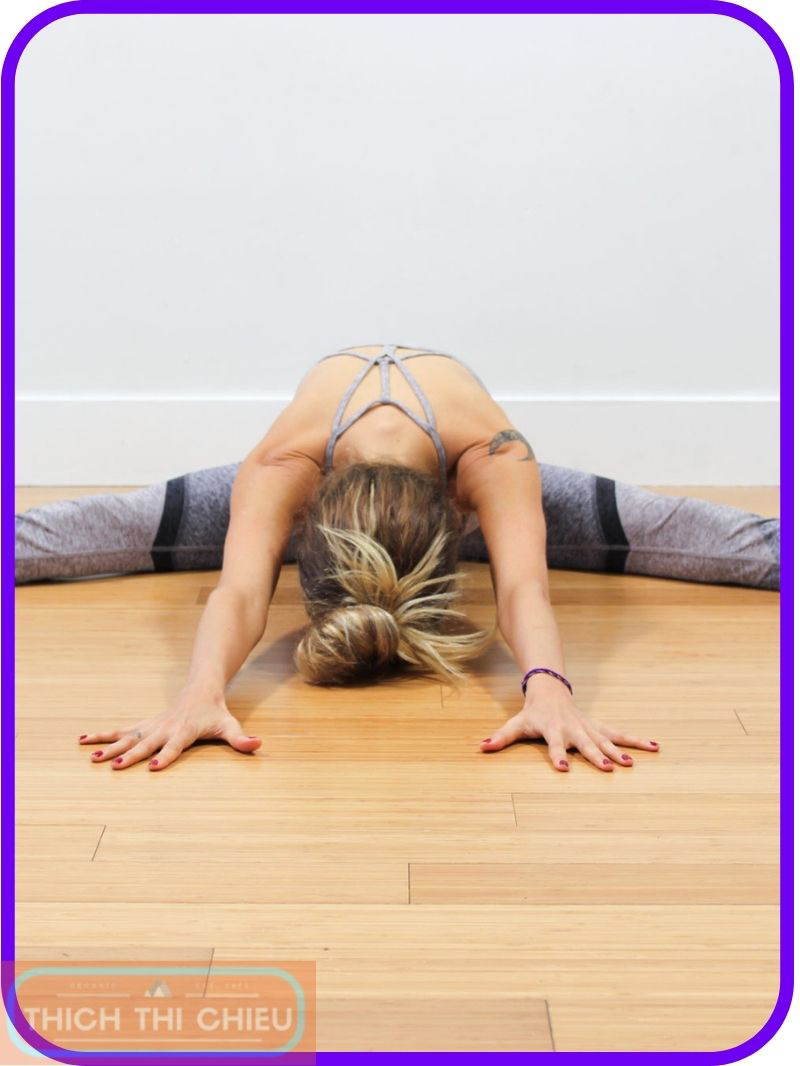
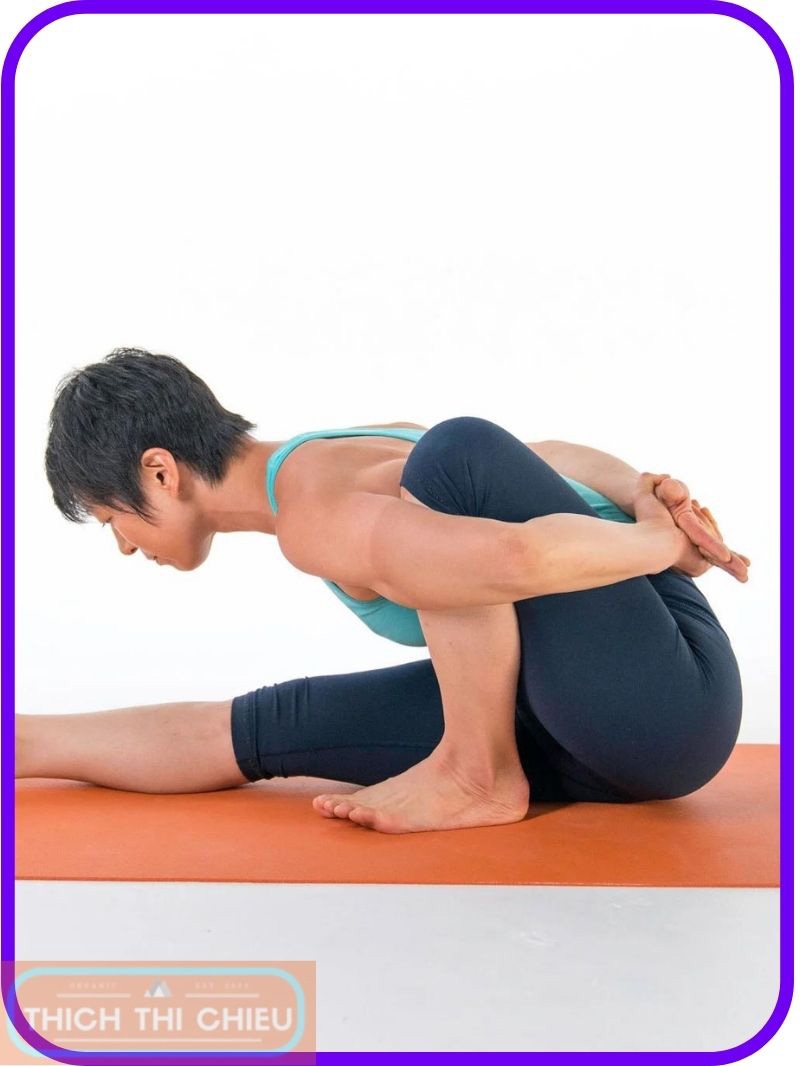
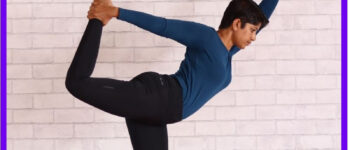




Leave a Reply